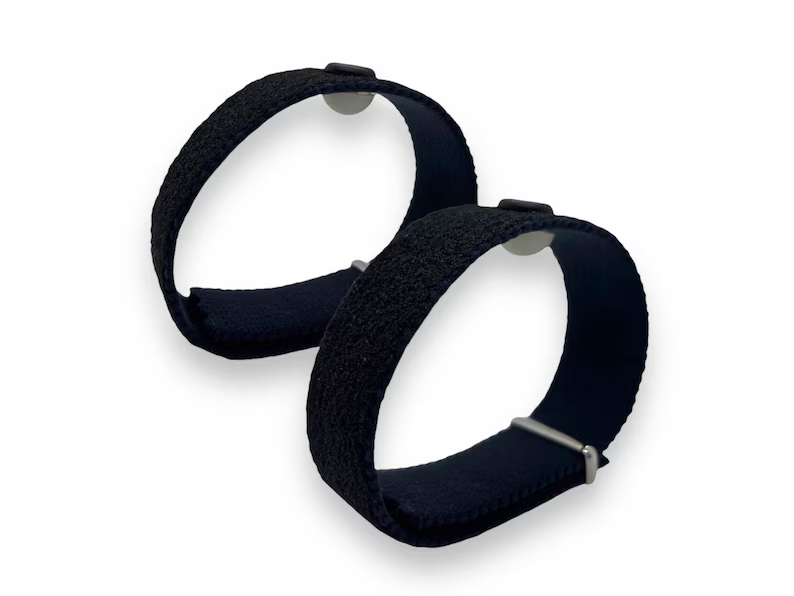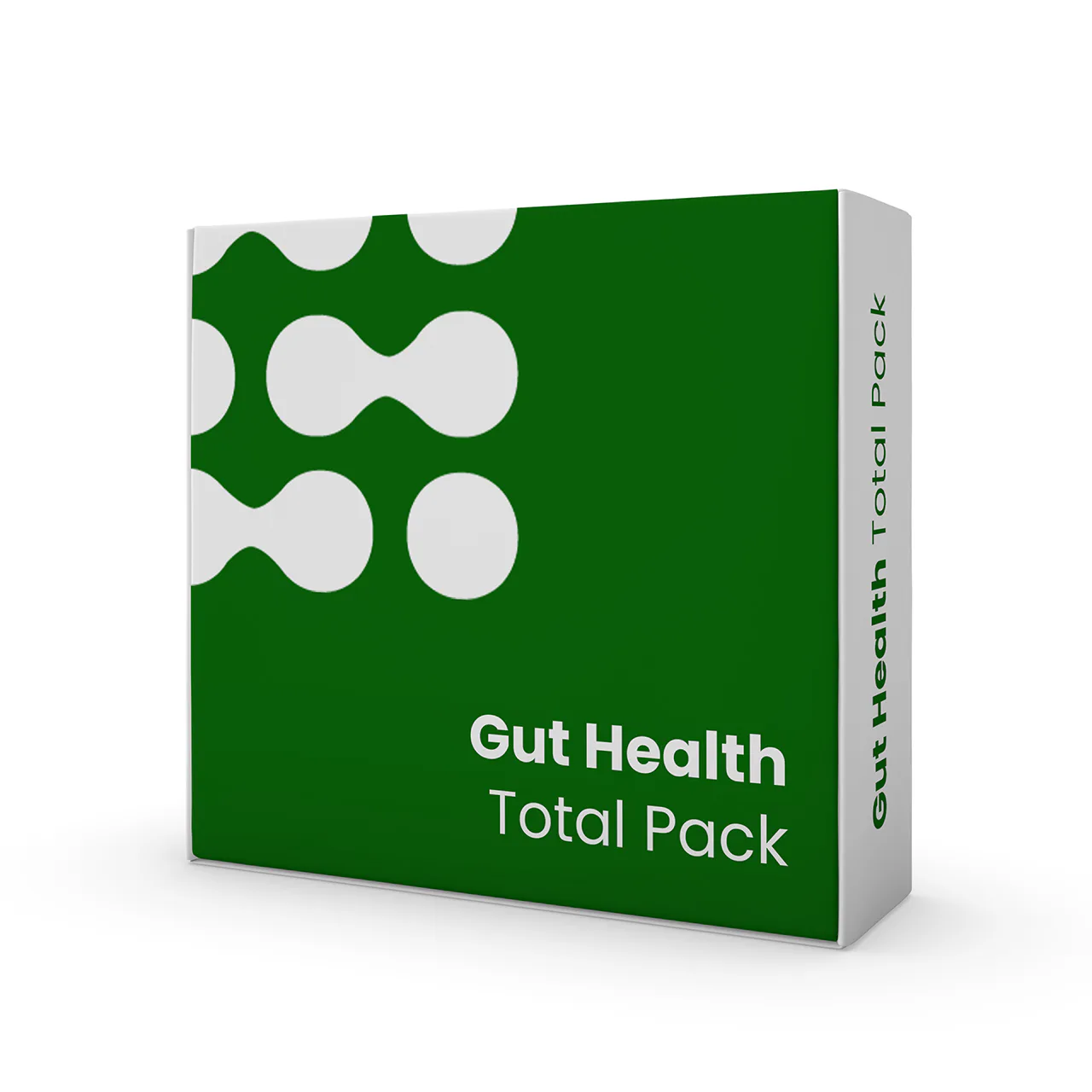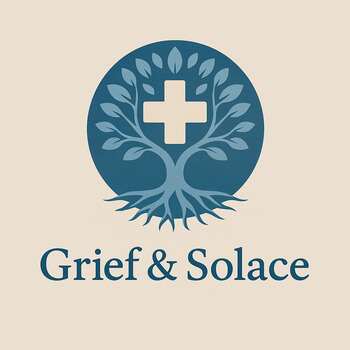Grieving Nausea Disorders: When Every Meal Comes with Fear
Grief tied to nausea disorders weaves through daily life—mourning the simple joys of eating, gathering, and living without constant dread.

This post blends real grief with grounded knowledge. It isn’t clinical. It isn’t distant. It’s meant to sit beside you—not above you. The story you’ll read is meant to reflect what so many feel when living through or witnessing this condition: confusion, exhaustion, and quiet forms of courage.
If what you read feels familiar, please speak with your doctor. Your pain deserves more than silence.
She Ate Like a Man Waiting for the Pain to Begin
She used to relish breakfast. Waffles on Sundays. Coffee so strong it made her wince. A kitchen filled with sunlight and laughter.
Then one day, she pushed her plate away…
She said she felt queasy. She wondered if it was something she had eaten the night before. But this feeling persisted. Every morning. Every meal. The nausea didn’t shout…it hovered, low and constant, like a warning’s hum.
At first, she tried to combat it. Ginger tea. Crackers. Antacids that promised relief but delivered little.
Overview
Nausea is the unpleasant sensation of needing to vomit, but it can occur with or without vomiting. It is not a diagnosis in itself, but a symptom with wide-ranging causes spanning gastrointestinal, neurological, psychiatric, metabolic, and systemic disorders.
Chronic or recurrent nausea can severely impact quality of life, appetite, hydration, and mental health.
Then came the vomiting. Not daily, but frequently enough to breed fear. Fear of breakfast. Fear of dinner. Fear that food would transform from comfort to a trigger.
We visited doctor after doctor. Each one conducted tests, shrugged, and sent her home. They used terms like “functional,” “stress,” suggesting maybe she was exaggerating.
But I saw her. I saw the pale sheen on her skin after just a few bites. I witnessed her eyes cloud over as she braced herself to see if this meal would be safe. Eventually, she simply stopped eating like she used to.
Not out of hunger, but out of self-defense.
She approached meals warily, taking small bites, chewing quietly, one hand clenched in her lap.
Complications:
Malnutrition
Electrolyte imbalance (esp. hypokalemia)
Dehydration
Weight loss
Esophageal tears (Mallory-Weiss syndrome) from vomiting
Avoidant/restrictive eating disorders (if chronic and unaddressed)
She didn’t stop eating because she gave up; she stopped because each bite came with
Mechanism:
The sensation of nausea arises from a complex interaction between:
Central nervous system (vomiting center in the medulla)
Chemoreceptor trigger zone (CTZ in the area postrema)
Vestibular system
GI tract (via vagus nerve)
These systems integrate signals from the gut, brain, inner ear, blood chemistry, and higher cortical input (anxiety, fear, memory).
Then came the shame. Invitations ignored. The birthday cake was left untouched. She smiled through meals she couldn’t partake in, knowing that explaining her struggle hurt more than remaining silent.
When they finally diagnosed her…gastroparesis, perhaps, or a severe cyclical vomiting pattern…she cried.
Not from fear, but because the pain finally had a name.
She still eats cautiously. She carries anti-nausea medication in her purse like a hidden secret. She sniffs her food before taking a bite. She mourns the days when food symbolized love instead of a threat.
Yet she is creating something new. She is relearning joy in safe meals. She is letting go of the guilt associated with small portions, special needs, and a slower pace.
She forgives herself now…for canceling plans, for fearing forks, for surviving something unseen.
And I observe her. Carefully. Lovingly. The way you watch someone you almost lost…not to death, but to a life that forgot how to feel safe in their own skin.
📘 Diagnosis & Treatment
Types and Causes
1. Gastrointestinal Disorders
Gastroparesis: Delayed gastric emptying, often diabetic or idiopathic
GERD (Reflux disease)
Functional dyspepsia
Small bowel obstruction
Gallbladder disease
Peptic ulcers
H. pylori infection
2. Neurological and Vestibular Disorders
Migraine-associated nausea
Meniere’s disease
Vestibular neuritis
Increased intracranial pressure (e.g., tumor, hemorrhage)
Motion sickness
3. Psychological and Central Causes
Anxiety or panic attacks
Cyclic vomiting syndrome (CVS): Often linked to stress, migraines, or mitochondrial dysfunction
Anticipatory nausea (common in cancer patients undergoing chemotherapy)
4. Metabolic or Systemic Disorders
Uremia (kidney failure)
Ketoacidosis (diabetic, alcoholic)
Pregnancy (esp. hyperemesis gravidarum)
Thyroid dysfunction (hypo- or hyperthyroidism)
Adrenal insufficiency
5. Toxic or Medication-Induced
Chemotherapy or radiation
Opioids
Antibiotics (e.g., erythromycin)
NSAIDs
Excess alcohol
Food poisoning or contaminated water
6. Post-Surgical / Anesthesia-Related
Post-operative nausea and vomiting (PONV), often within 24–48 hours of general anesthesia
Evaluation:
History is key:
Onset: acute vs chronic
Triggers: food, fasting, medications, motion, menstrual cycle
Associated symptoms: weight loss, pain, diarrhea, vertigo, headache
Tests may include:
CBC, metabolic panel, thyroid panel
H. pylori testing
Abdominal ultrasound or CT
Endoscopy
Gastric emptying study (for gastroparesis)
Brain imaging (for suspected CNS causes)
Treatment:
Symptomatic Relief
Antiemetics:
Ondansetron (5-HT3 blocker)
Prochlorperazine or promethazine (dopaminergic)
Metoclopramide (prokinetic + antiemetic)
Scopolamine patch (vestibular/motion)
Aprepitant (neurokinin-1 antagonist, chemo-induced nausea)
Condition-Specific
Gastroparesis: Dietary modification + metoclopramide or domperidone
Migraine: Triptans + antiemetics
Hyperemesis gravidarum: IV hydration + pyridoxine/doxylamine + antiemetics
Anxiety-induced: SSRIs, benzodiazepines, therapy
Lifestyle Interventions
Eat small, frequent meals
Avoid greasy, spicy, or overly sweet foods
Ginger or peppermint supplements
Acupressure bands (P6 point)
Mindfulness and CBT for chronic/anticipatory nausea
I know this is heavy, and I understand that the road ahead may feel like a tangle of loss and unanswered questions. But please hear this: you are not broken because you are hurting; you are not weak because you are afraid. You are living through something real, and survival itself is a kind of grace. You are allowed to struggle, you are allowed to hope, and you are allowed to not have all the answers today. Whatever comes next, you do not face it empty-handed; you carry every moment of love that shaped you, and that will always be enough to keep going.
🎀 Gifts to help With Nausea Disorders
🏥 Everyday Comforts for Everyday Battles
Managing Nausea Disorders often means needing a little extra help.
Sometimes it’s about restoring dignity, ease, or simply getting through the day with less pain.
These carefully chosen tools aren’t just items; they’re small bridges back to living.
This section is about finding practical support, never shame.
Acupressure Anti-Nausea Wristbands – Relief Without Meds, When You Can’t Keep Anything Down
When medication won’t stay down, you need options. These anti-nausea wristbands use gentle acupressure at the P6 point (inner wrist) to help reduce nausea naturally. Small, drug-free, and wearable anywhere—perfect for flare-ups triggered by motion, food, hormones, or unknown causes. It’s not a cure. But it’s a lifeline when you’re already curled around the toilet.
🌿 Paths to Healing Beyond the Map
Sometimes traditional medicine isn’t enough.
If you’re exploring gentle, alternative options to help with Nausea Disorders,
you might find comfort in plant-based compounds like **CBD or CBG**.
*This section is not medical advice, just a door left open.*
USA Medical Digestive Total Pack – Calming Aid for a Gut That’s Always on Edge
Chronic nausea isn’t just a stomach issue—it wrecks appetite, sleep, and emotional balance. This Total Pack combines CBD with digestive-soothing botanicals and nervous system support to help calm both gut and brain. It won’t stop the episodes entirely. But it may shorten them—and soften the crash after.
Need a Different Path Forward?
Every journey through grief looks different. Choose the next step that speaks to where you are now:
When You're Ready to Start Healing
Healing doesn’t mean forgetting.
It means finding small ways to carry your grief with strength and grace.
These are the stories, tools, and gentle steps to begin walking forward…at your own pace.
When You're Still in the Thick of It
Sometimes healing feels like a lie.
If you’re not ready to move on…if the pain still roars louder than the world wants to hear…this is the place where you’re allowed to feel it.
No sugarcoating. No pretending. Just truth.
When You're Holding on to Who’s Still Here
Grief reminds us to love louder.
If someone you love is still with you, this is your place to celebrate them, honor them, and create new memories while there’s still time.
Joy and sorrow can live side by side.






